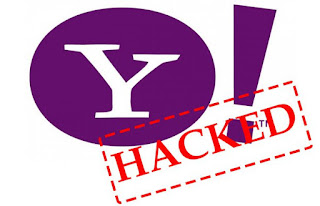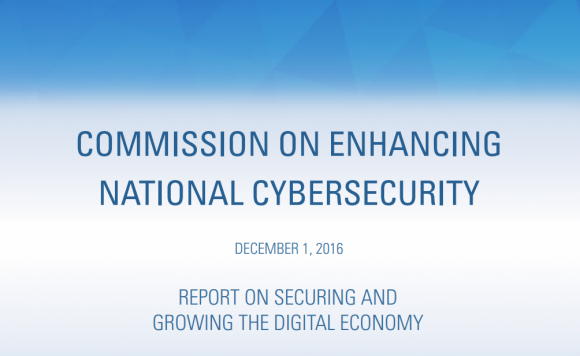Russia’s central bank suffered a major cyberattack that made it possible for hackers to steal no less than 2 billion rubles, which is approximately $31 million, according to reports.
The Bank of Russia has already confirmed the attack and said that it’s investigating, but no other details as to who might be behind the hack were provided.
Central bank official Artyom Sychyov said in a public briefing that hackers previously wanted to steal approximately 5 million rubles, but the bank’s security team managed to partly block the attack and reduce damages to 2 million rubles.
“We were lucky to return some of the money,” a central bank spokesperson was quoted as saying by CNN, adding that some of the funds were quickly redirected after hackers launched the attack.
It appears that cybercriminals targeted not only the central bank, but also private banks and customers, attempting to transfer funds, but it’s not yet clear if these attacks were successful or not.
Since very little is known about the hack against Russia’s central bank, experts believe that the attack can be linked to similar attempts launched in the last couple of years and targeting other banks across the world.
Only this year, a group of hackers managed to steal no less than $101 million from the central bank in Bangladesh after they managed to break into SWIFT, which is the worldwide interbank communication network that controls transactions. Just like it happened in Russia’s case, hackers attempted to steal more money – $951 million, but they were blocked before the transactions completed.
Russia’s Federal Security Service (also known as FSB), has already warned of attacks that might be aimed at local banks, revealing that it discovered computer servers in the Netherlands that were set up to compromise the country’s financial system and help steal money.
Russian authorities, however, haven’t provided details regarding the hacking group behind the attack or the date when it occurred.


























 “The private sector and the Administration should collaborate on a roadmap for improving the security of digital networks, in particular by achieving robustness against denial-of-service, spoofing, and other attacks on users and the nation’s network infrastructure,” reads the first and foremost cybersecurity recommendation for President-elect Donald Trump. “The urgency of the situation demands that the next Administration move forward promptly on our recommendations, working closely with Congress and the private sector.”
“The private sector and the Administration should collaborate on a roadmap for improving the security of digital networks, in particular by achieving robustness against denial-of-service, spoofing, and other attacks on users and the nation’s network infrastructure,” reads the first and foremost cybersecurity recommendation for President-elect Donald Trump. “The urgency of the situation demands that the next Administration move forward promptly on our recommendations, working closely with Congress and the private sector.”



